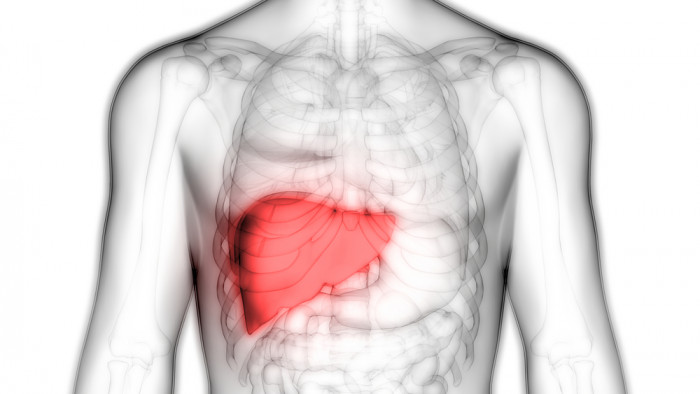Insulin Resistance Common in AIP, Study Finds

Insulin resistance, a phenomenon in which cells in the body become unable to draw energy from blood sugar, appears to be more common in people with acute intermittent porphyria (AIP) than previously thought, according to a recent study.
Investigators also noted that experiments performed in a mouse model indicated that delivering a form of insulin that specifically targets the liver might help improve the effectiveness of glucose therapy at preventing acute porphyria attacks in these patients.
Findings were reported in the study, “High Prevalence of Insulin Resistance in Asymptomatic Patients with Acute Intermittent Porphyria and Liver-Targeted Insulin as a Novel Therapeutic Approach,” published in the journal Biomedicines.
AIP is caused by the partial loss of the liver enzyme porphobilinogen deaminase (PBGD). This disrupts the production of heme, a molecule needed to transport oxygen in the blood, and causes porphyrin precursors and related molecules to accumulate to toxic amounts in the liver.
This might lead to acute attacks of abdominal pain, severe fatigue, nausea, and vomiting, among other symptoms.
Attacks can be treated with hemin, a porphyrin that can be used to help replenish the body’s heme, and oral glucose, a simple sugar that lowers the excessive levels of porphyrins and other heme precursors in the liver, through the so-called “glucose effect.”
Inside the body, the hormone insulin senses blood sugar levels and regulates them by signaling cells to absorb glucose. There are reports, however, of some AIP patients showing signs of insulin resistance, a condition in which one’s cells fail to respond to the hormone.
Because insulin-resistant patients may not respond well to glucose therapy, scientists from several Spanish research institutions attempted to determine just how prevalent insulin resistance is among people with AIP.
Additionally, they performed a series of experiments in a mouse model of disease to explore the therapeutic potential of combining glucose therapy with a lab-made version of insulin delivered directly to the liver to treat and prevent porphyria attacks.
In general, researchers found a high rate of insulin resistance among AIP patients. Specifically, eight of the 44 (18.2%) individuals with AIP included in the analyses showed concerning levels of insulin resistance. In contrast, only one of the 55 (1.82%) healthy individuals who served as controls in the study showed signs of insulin resistance.
In all of these cases, insulin resistance was associated with obesity or excess body weight.
Notably, investigators found that patients who had insulin resistance and high blood insulin levels (hyperinsulinemia) tended to have clinically stable disease, whereas those with active disease tended to have normal levels of insulin in their blood.
According to investigators, these observations suggested “that [insulin resistance] and high-serum insulin levels are not a consequence of disease activity, but rather that sustained hyperinsulinemia can protect against acute attacks of porphyria.”
Factors increasing the risks of acute porphyria attacks, such as infections, stress, smoking, and the menstrual cycle, also boost the production of the ALAS1 enzyme in liver cells. This enzyme controls the first step of heme production, while PBGD is the third. The toxic buildup of porphyrin precursors in AIP occurs between these steps.
Since insulin and the glucose effect are both known to help limit the production of ALAS1, researchers reasoned that acute porphyria attacks might be prevented or treated easier with a combination of the two.
They tested this in mice, using a fast-acting form of insulin called Actrapid in some, and an experimental liver-targeted form of the hormone called Ins-ApoAI in others. Only those receiving Ins-ApoAI in combination with glucose therapy showed a partial, but sustained, protection against excessive heme production in the liver.
Investigators next tested the ability of glucose plus Ins-ApoAI to prevent acute AIP attacks. Mice receiving two doses of the combined treatment and then given the drug phenobarbital, which often is used to trigger acute attacks, showed fewer symptoms (pain and lack of motor coordination) than mice treated with glucose alone.
Yet, the combination therapy failed to protect animals against the buildup of heme precursors that characterizes the disease.
“In conclusion,” the researchers wrote, “a high prevalence of [insulin resistance] and hyperinsulinemia was observed in patients with AIP. The experimental data provide proof-of-concept for liver-targeted insulin as a way of enhancing glucose therapy for AIP.”






